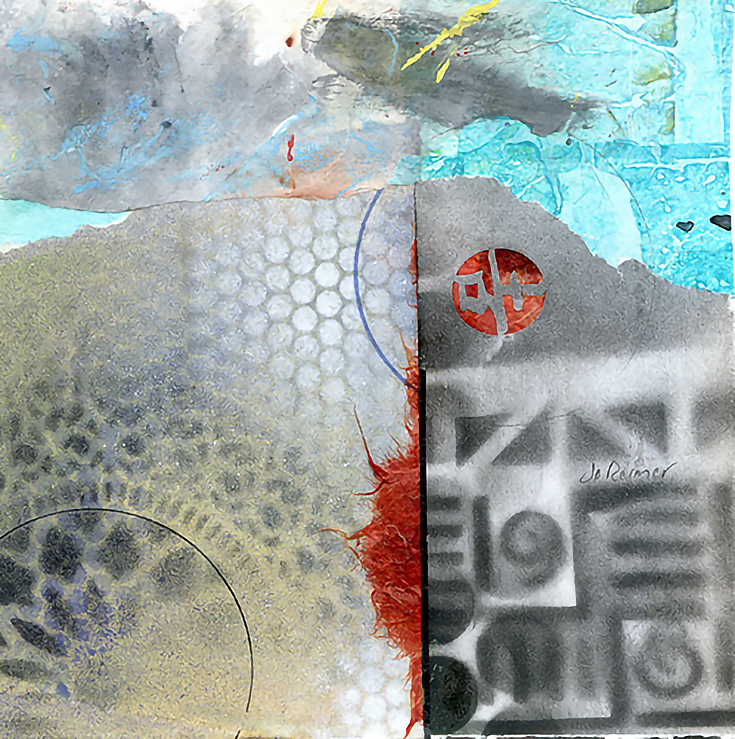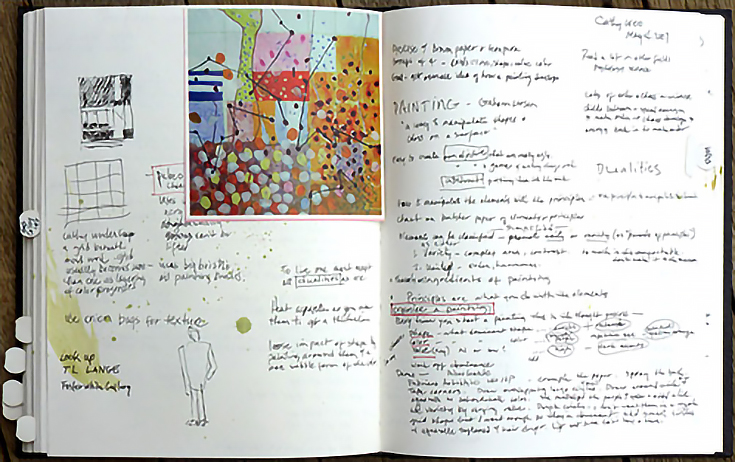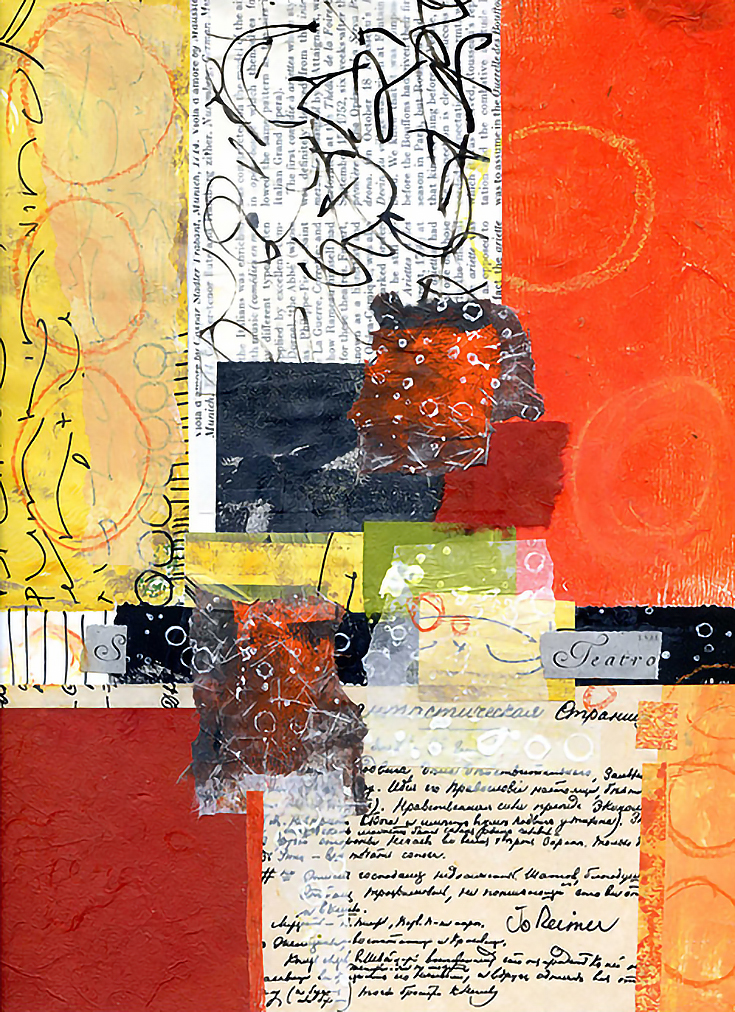One of my favorite ways to increase my skill and knowledge about art is to take workshops from excellent instructors. For me it’s part of my self-directed curriculum, and it gives me the camaraderie of studying art with like-minded people.
However, before I figured out a good system for choosing workshops, and making the most of the experience, I wasted lots of time and money. Since it’s entirely up to me to get the most bang for my buck, I had to develop a method—here’s what what I’ve discovered works best for me:
1. Set a specific goal for your workshops
Choose workshops that fit into your personal artistic goals, focusing on learning what you need to know rather than spending time and money on learning another technique that won’t get you anywhere.
You may need to spend some time to figure out on your own what you want to learn. If you’re not sure whether the workshop will help, study the instructor’s work. Read her blog or website. Watch his videos. Try her methods as best you can before the workshop.
The mistakes you make preparing for the workshop will give you insight into what you need to learn while you’re there.
2. Plan for and pack everything you’ll need
Pack all suggested supplies, making sure you have every item that you’ll be using. If you have questions email or phone the instructor—don’t let a lack of supplies take away from the valuable time you have at the workshop.
3. Take notes, photos, and sketches
Go prepared to learn. Take your sketchbook or journal and a favorite pen so you can take good notes. Take a camera in order to capture process shots, but do ask the instructor if photography is okay.
Re-read your notes every evening. If the workshop stretches over days or weeks do take time to re-read your notes every evening, at least once. Practice what you’ve learned. Do any homework. And read your notes again just before the next session, noting any questions.
Educators know that repetition is an important part of learning, and re-reading class notes frequently and immediately after the class will ensure that it’s embedded in your memory bank.
4. Practice the techniques after the workshop
Set aside the week following the workshop to practice. This follow-through time is critical for integrating what you’ve just learned into your own art practice. Taking each new skill one at a time, see what you can do to fit it into your skill set, experimenting and refining, until the best of what you learn is now part of your way of working.
Give as much time as possible for this follow-through, including journaling and sketching about all the possibilities. The learning process doesn’t stop after the workshop is over! Every new skill or new way of thinking can and should develop your creativity long after the class is done.
For more from Jo, please visit her website at joreimer.com.
This post may contain affiliate links.



